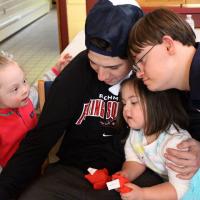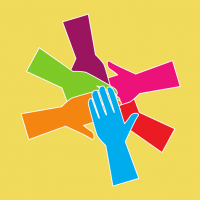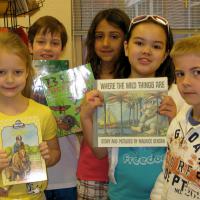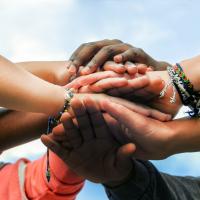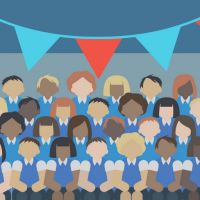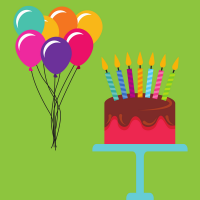Students explore the meaning of community and describe traits of a healthy classroom community. They develop a class definition of a healthy community and learn how to promote healthy habits in the school community.
- Read more about What Is a Healthy Community?
- Log in or register to post comments
